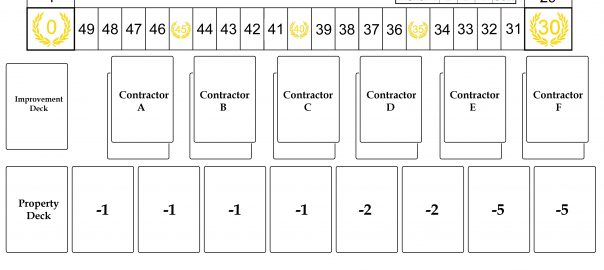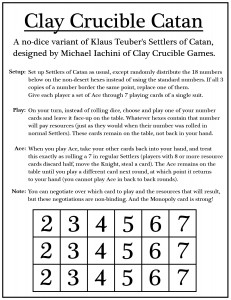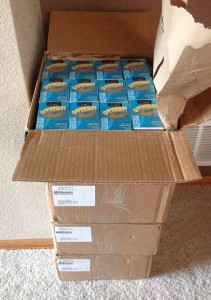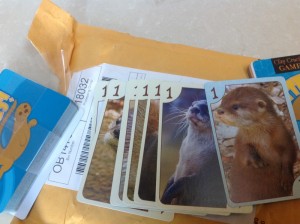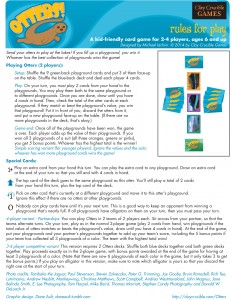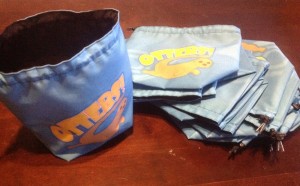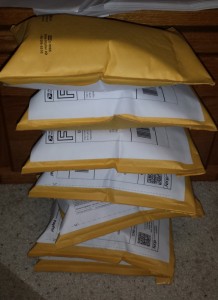Over on Reddit, someone asked me about the status of a game they remember I was working on a couple of years ago, and that made me realize that it might be fun and informative for me to write a “state of the company” post, focused on where my various designs stand right now. Let’s dive in!
Chaos & Alchemy: Out of print, still available from some retailers
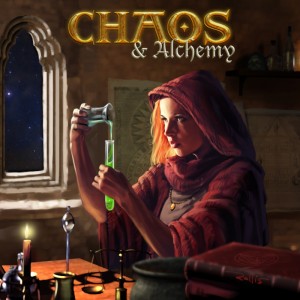
This was my first ever game design, and the game that inspired the name of my company (Clay Crucible was one of my favorite cards from the game). I published the first edition in 2012, and Game Salute published the second edition in 2014.
The rights to publish Chaos & Alchemy have now reverted to me, but I don’t have any plans to do anything with them. You can still typically find copies of the second edition on Amazon or the BGG marketplace for somewhere around MSRP.
Otters: Available via print-on-demand

Otters was my second published game, which was also the first Kickstarter campaign I ran on my own. This was quite a pleasant experience, start to finish! It’s a simple game, aimed at kids, with cute pictures of otters on the cards. The Kickstarter campaign exceeded the funding goal, and I delivered rewards ahead of the promised date.
Now the game lives on in a print-on-demand format from DriveThruCards. I’ve just added a printed tuck box to the game there, which should make for a much nicer overall product.
Alchemy Bazaar: Under development by Grey Fox Games

As I wrote back in 2014, Grey Fox Games signed Alchemy Bazaar for publication. The company went through some changes in the intervening years which led to Alchemy Bazaar being slower to see print than originally expected, but they are now actively developing it. I don’t know when to expect it to actually come out, but let’s say “someday.” Probably within the next year, I’m guessing.
Everest: Technically unsigned, maybe will be published by Grey Fox Games
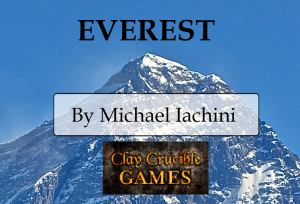
Everest is in an odd little limbo. I wrote about this in that same 2014 blog post. Randy from Foxtrot Games put me in contact with Shane from Grey Fox Games due to Shane’s interest in Everest. I showed Shane both Everest and Alchemy Bazaar at Gen Con 2014, and Shane liked them both. He wanted to do Alchemy Bazaar first, and that’s the only game we have a contract for. But Everest might come from Grey Fox someday, I suppose. <shrug>
Fibercraft: Forthcoming in 2017 from Clay Crucible Games

As I wrote recently, Fibercraft is my newest game, and I’m planning to publish this one myself. Stay tuned!
And now for the really obscure games:
Gods & Champions: Shelved

This was my second game design attempt, started during NaGaDeMon 2012. I wanted to build a card game where you had a Champion that you were adding powers to, but each round the Champions could be swapped around,
Mansion Builder: Shelved

I put up three designer diary posts about this game, and I continued developing it for several months past the final diary post (my last version of the game is dated July 2014 and the last blog post was April 2014). I took it to a local convention for playtesting, and it went okay, but not well enough for me to get passionate about polishing it.
This was also about the time that I decided I needed to spend more time with my wife and less time developing and playtesting games, so I intentionally backed off for a while.
Robo Battle: Shelved, almost certainly forever
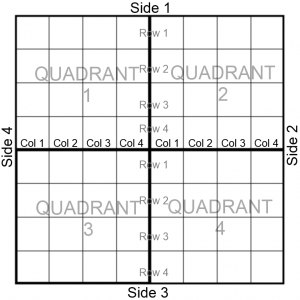
I never blogged about this game, but I demo it at a couple of local conventions. The funny story here is that it has been totally superseded by Mechs vs. Minions.
A little known fact about MvM is that it was based on an older, never widely published game called Weapons of Zombie Destruction. That game was designed by Stone Librande, who is a friend of a friend of mine. Our common friend had a copy of WZD that I played back when I lived in San Francisco.
I always though WZD was an interesting game, so I started designing Robo Battle as my own twist on it. I didn’t get especially far, but then last year Mechs vs. Minions came out. I’m definitely not going to be able to compete with that! So, Robo Battle is on the trash heap.
Corporate Rivalry: Shelved
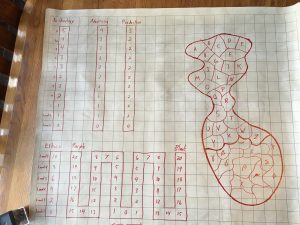
This is one you would only know about if you closely followed my tweets in early 2016. I enjoy Twilight Struggle, but I would love to capture a similar experience in a shorter play-time. So, I started designing my own twist on it, where the two players are rival corporations trying to gain market share in a region. A game like this needs a strong theme in order to direct the development, I think, and I don’t have that theme yet. I could see coming back to this one someday.
Clay Crucible Catan: Freely available!
This isn’t really a full-on design, but just a one-page printout to modify the rules of Catan (aka Settlers of Catan) to remove the luck of the dice. It’s basically a mash-up of Concordia and Catan. Honestly, I don’t think this one gets enough love, especially because I regularly see people complaining about how the dice can wreck a well-played game of Catan. Take out the dice!
So there you have it: The state of all of my games that have gotten at least as far as the prototype stage, as of spring 2017. Do any of the shelved games pique your interest? Have you seen any of these out in the wild? I’d love to hear about it!
Michael Iachini – @ClayCrucible on Twitter
